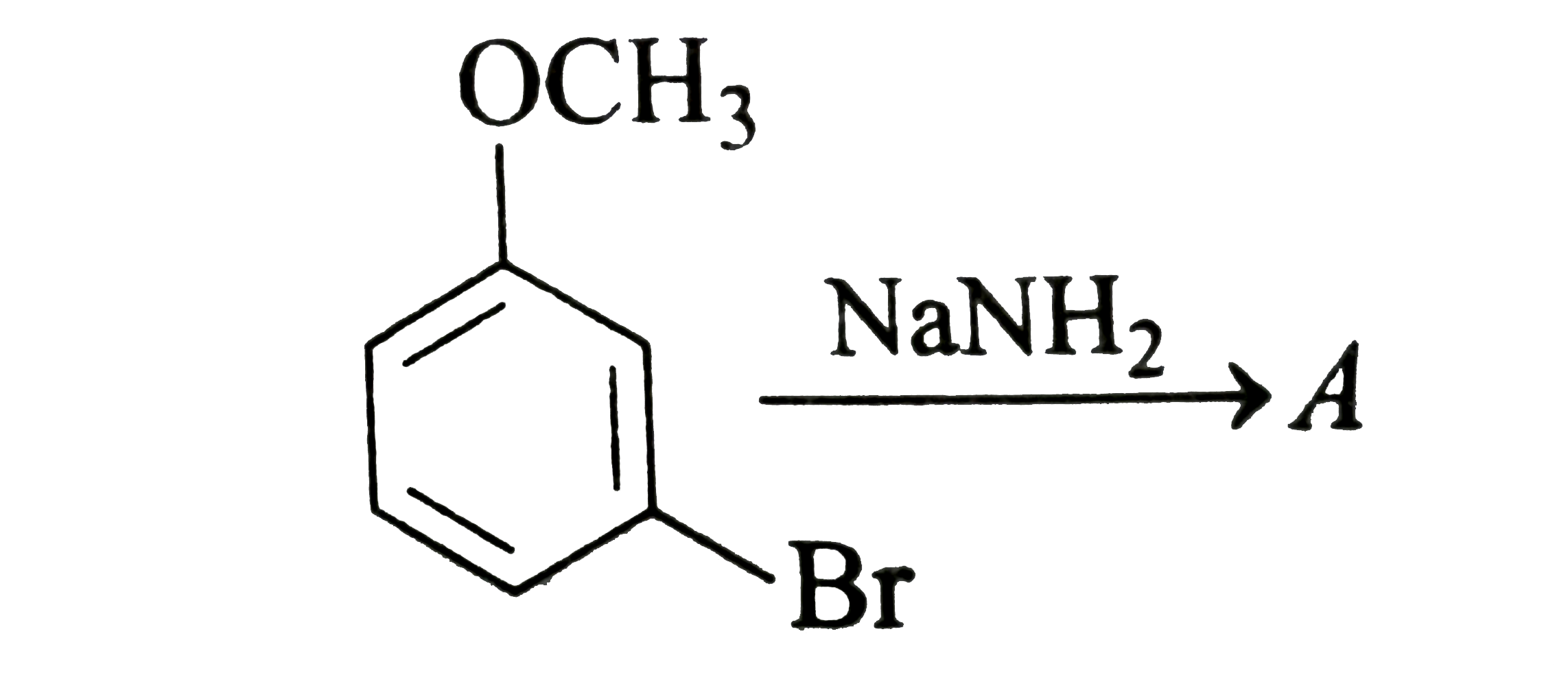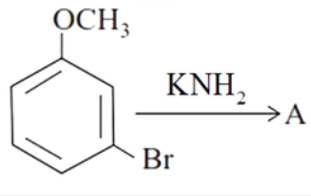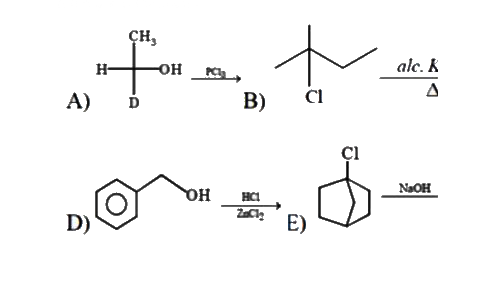Addition reaction and substitution reactions are types of organic reactions. Which type of reaction is shown by : (i) Ethane (ii) Ethene
To determine the type of reaction shown by ethane and ethene, we need to understand the characteristics of addition and substitution reactions in organic chemistry.
1. Identify Ethane and Ethene:
- Ethane (C₂H₆) is a saturated hydrocarbon, meaning it contains only single bonds between carbon atoms.
- Ethene (C₂H₄) is an unsaturated hydrocarbon, meaning it contains at least one double bond between carbon atoms.
2. Understand Addition Reactions:
- Addition reactions involve the addition of atoms or groups to a molecule, resulting in the formation of new sigma bonds and the breaking of weaker pi bonds.
- These reactions typically occur in unsaturated hydrocarbons where pi bonds are present.
3. Example of Addition Reaction:
- For ethene, when it reacts with water (H₂O), it undergoes an addition reaction:
C2H4+H2O→C2H5OH
- This results in the formation of ethanol (C₂H₅OH), demonstrating that ethene undergoes an addition reaction.
4. Understand Substitution Reactions:
- Substitution reactions involve the replacement of one atom or functional group in a molecule with another atom or functional group.
- These reactions typically occur in saturated hydrocarbons.
5. Example of Substitution Reaction:
- For ethane, when it reacts with chlorine (Cl₂), it undergoes a substitution reaction:
C2H6+Cl2→C2H5Cl+HCl
- In this reaction, one hydrogen atom is replaced by a chlorine atom, resulting in the formation of ethyl chloride (C₂H₅Cl) and hydrochloric acid (HCl).
6. Conclusion:
- Ethane (C₂H₆) undergoes a substitution reaction because it is a saturated hydrocarbon.
- Ethene (C₂H₄) undergoes an addition reaction because it is an unsaturated hydrocarbon.
Final Answer:
- Ethane shows substitution reaction.
- Ethene shows addition reaction.
- Ethane (C₂H₆) is a saturated hydrocarbon, meaning it contains only single bonds between carbon atoms.
- Ethene (C₂H₄) is an unsaturated hydrocarbon, meaning it contains at least one double bond between carbon atoms.
- Addition reactions involve the addition of atoms or groups to a molecule, resulting in the formation of new sigma bonds and the breaking of weaker pi bonds.
- These reactions typically occur in unsaturated hydrocarbons where pi bonds are present.
- For ethene, when it reacts with water (H₂O), it undergoes an addition reaction:
C2H4+H2O→C2H5OH
- This results in the formation of ethanol (C₂H₅OH), demonstrating that ethene undergoes an addition reaction.
- Substitution reactions involve the replacement of one atom or functional group in a molecule with another atom or functional group.
- These reactions typically occur in saturated hydrocarbons.
- For ethane, when it reacts with chlorine (Cl₂), it undergoes a substitution reaction:
C2H6+Cl2→C2H5Cl+HCl
- In this reaction, one hydrogen atom is replaced by a chlorine atom, resulting in the formation of ethyl chloride (C₂H₅Cl) and hydrochloric acid (HCl).
- Ethane (C₂H₆) undergoes a substitution reaction because it is a saturated hydrocarbon.
- Ethene (C₂H₄) undergoes an addition reaction because it is an unsaturated hydrocarbon.
- Ethane shows substitution reaction.
- Ethene shows addition reaction.
Similar Questions
Knowledge Check
Identify A and predict the type of reaction
 A
A B
B C
C D
D
Type of reactions shown by alkynes are −
View SolutionIdentify A and predict the type of reaction

View SolutionIdentify A and predict the type of reaction

View SolutionIdentify number of nucleophilic substitution reactions in the given reactions?

View SolutionWhat type of substitution reactions are shown by benzene?
View SolutionWhich type of reactions are called oxidation reactions?
View Solution…………….. reaction is also known as a substitution reaction.
View Solution
